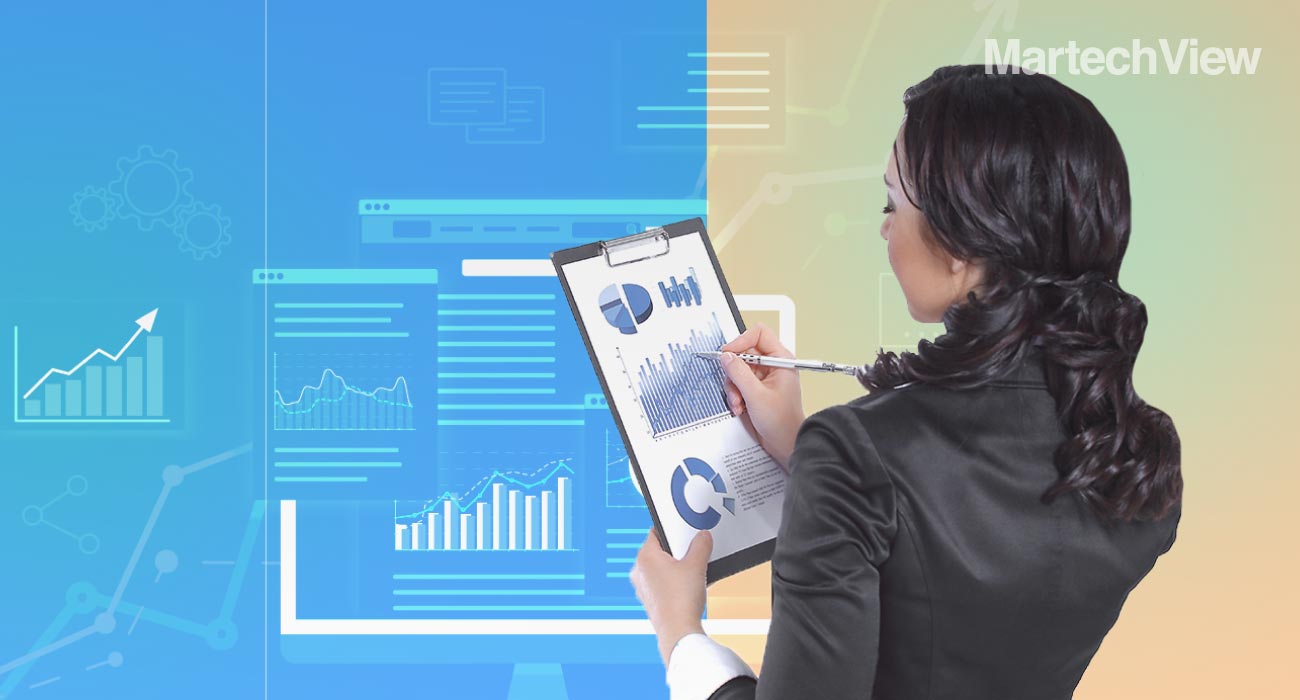Why The Use Of AI Is A Major Differentiator For Ad Tech Companies
The advent of artificial intelligence (AI) has caused ripples in the advancement of technology, resulting in a deep impact on our society at every avenue. When narrowing the scope to the ad tech industry, AI has enabled advertisers and technology providers to do things that were previously thought impossible. We’ve all seen the reports about AI being the future of digital advertising and marketing, but it’s time to more comprehensively evaluate its undeniable value – and acknowledge that it is here to stay.
The Role of AI in Digital Advertising
Artificial intelligence (AI) is broadly defined as “intelligence demonstrated by machines, in contrast to the natural intelligence displayed by humans.” The concept behind AI posits that computer systems can perform tasks that previously were only able to be performed by humans, such as visual perception, speech recognition, decision-making, language translation, and more. In advertising, AI can power search engines by filling in context and guessing (or, in some cases, recommending) what you may want based on a few keywords that you provide. AI can also provide thorough insights, which help marketers forecast more accurately. It can help companies predict how successful an initiative will be based on its analysis of previous first- and third-party data, which it can churn through more quickly than any human. And it allows companies to be more transparent with the use of data, the process of which tends to be clearly laid out in the system. But perhaps most importantly, at least for this conversation, AI is also a huge factor in the success of programmatic advertising, since it fuels the automated bidding processes, analyzes customers’ behaviors as tracked through data, and optimizes campaigns toward the appropriate audience based on previously defined parameters.
AI has disrupted the advertising industry in that it has provided companies that use it with a competitive advantage, differentiating the users from the non-users in a value threshold that is evident to clients and consumers. When dealing with B2B marketing, if a company has the power to dissect data more thoroughly and dig through the layers of information to achieve their KPIs and strategic goals more efficiently, whatever tool that aided this advancement is of tremendous value to the company. In advertising, AI is capable of sorting through public business data alongside a client’s first-party data, peeling away layers to narrow the audience down for the customer based on previously defined segmentation goals.
Then, AI can match that data set to digital identifiers, providing the company with a clear path to the individual business influencers that will be most receptive of their message. In its final leg of the journey, the ad is delivered to those workers at key business accounts at the days and times when they are most responsive to such advertisements. As a result, the company deploying the ad will achieve more precise targeting and efficiency, delivering impressions of their ads to higher quality leads, which increases ROI. Luckily, AI solutions are typically powerful enough to do this at scale – and in the blink of an eye. This type of powerful, scalable, insightful technology was previously only dreamt about, but thanks to some key players in the industry, it is now a reality, and it is driving companies’ advertising campaigns to perform better than ever before.
The 3 Components of AI in B2B vs. B2C
At face value, AI works the same for B2B versus B2C campaigns, though it is important to note that the difference lies in the goals, the strategy, and the data for each campaign. A B2B campaign may have similar goals as a B2C campaign (if the company defines the KPIs as a certain click-through rate or video completion rate, for example), but every company’s strategy is different (yes, humans are still required in ad tech – and most often, they are capable of being the source of differentiation for their companies!). Advertising campaigns should always support the overarching advertising strategy, which should align with the organizational strategy. While there are certain strategic approaches that are similar across industries, each company’s strategy will be different and will therefore garner different results. This unique strategic approach is an advantage that every company should leverage with the intention of turning it into a competitive advantage. Utilizing AI to power ad campaigns can be the perfect avenue for some companies, though the use of the tool will vary based on the company’s strategy. How they articulate this value to their clients and customers is also an important component in how powerful AI can prove to be.
The most important element was saved for last: Data. The data that is analyzed through AI is what holds the greatest value and makes the biggest difference. The client company owning the ad campaigns should have first-party data as a prerequisite, since it is much easier to target individual businesspeople based on their previous interactions with a company than it is to hope they are interested in your product or service. Beyond first-party data, there is business data out there that is available to the public, such as consensus data, business records, NAICS codes, etc. Technically, anyone has access to this data. But the use of the data varies based on the technologies and tools each company uses. Often, companies are part of a specific supply chain or network that may influence them to use certain tools over others; other times, companies use a combination of tools, creating a sort of best-of-brand combination that equips them with the most well-rounded approach to advertising. Still others will create their own proprietary technology, which sets them far apart from the pack, as they will be using data differently than any other company, even if only by the slightest margin. The tool(s) used will dictate how the data is analyzed, how specific the targeting can get, and how accurate the matching of online to offline data will be. AI can be used in all of these situations, but each company’s use of it is what differentiates success from failure.
The Benefits of AI
Individuals may be concerned that AI is infringing upon their privacy. Privacy is always a sensitive subject in the ad tech world, but if companies’ data was collected ethically, the use of public or customer-approved data should not hold a negative connotation. Rather, using more specific data will allow companies to serve customers ads that are relevant to them, which they should find to be more convenient. Instead of having to search everywhere for the product or service they need, the ad is coming to them. It is actually simplifying the buying process for consumers, and they can allow themselves to experience this advantage if they allow the use of their data or acknowledge the public use of business data that leads companies’ ads to their devices.
AI is trending upward and is being adopted more and more widely as the world becomes more digitally savvy. The typical marginal differences between B2B and B2C marketing still come into play, such as B2B efforts being more long-term or decisions being made differently by businesses and individuals, even though AI platforms can behave similarly for both and provide both with the same capabilities. As is the case with most technologies, the use of the tool is its greatest power for each respective company. The main differentiators are the goals, strategy, and data behind efforts in AI, which can be uniquely crafted to create a competitive advantage and equip companies with a more comprehensive targeting experience. Ultimately, these efforts will benefit the end-user by delivering a more relevant and tailored ad experience, achieving the company’s targeting goals and establishing a more positive relationship between display ads and the individuals that view them.









